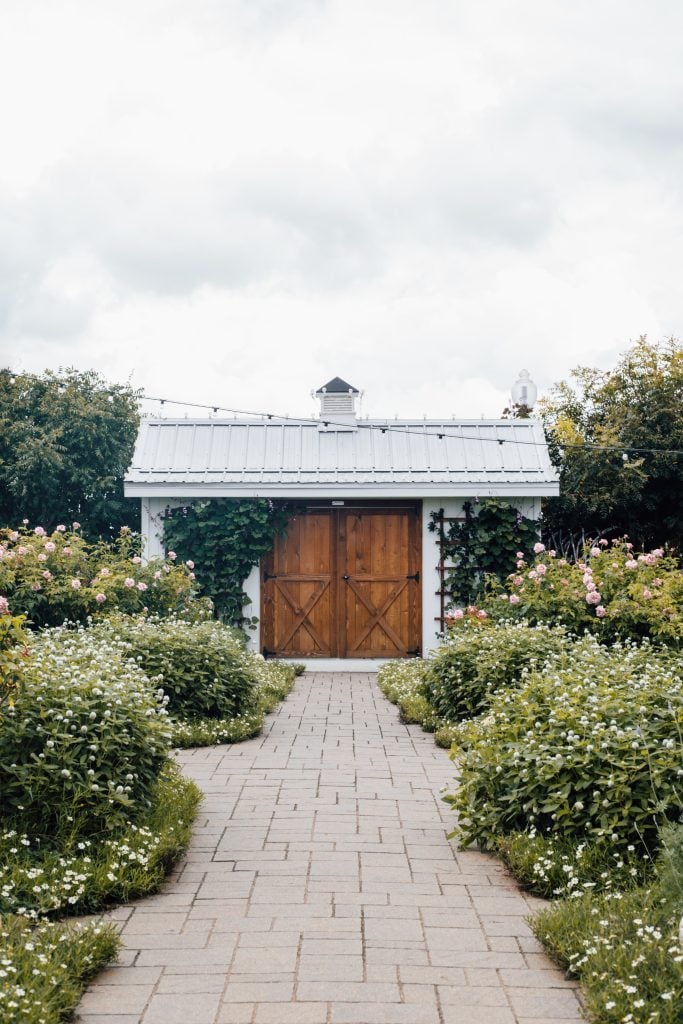Creating a wooden shed on your property from scratch can be a challenging project. Amateur builders must consider several critical elements to ensure the successful completion of the project within budget. The first step is always to get the correct DIY storage shed plans before the start of construction.
Let us take a look at the key factors that will help you design your backyard shed quickly and affordably.

Picking the appropriate shed construction blueprints is the most vital step of your DIY project. This ensures that you will be able to finish your shed within the time and budget that you have planned.
The shed plans you select must provide full descriptions about the measurement of each piece of timber that would be needed as well as the angle of cuts that need to be made. It should also describe how the individual pieces fit together with each other.
Your plans must show elevations of the shed from all sides as well as an isometric view of the structure. Only then will you be able to fully visualize what the end result should look like.
If your plans don't contain these details, then you will most likely have to guess and improvise during the construction process. This will probably lead to mistakes that will cost you later down the line.
Make sure to choose professional shed architecture diagrams to make your work easy.
It is quite natural to consider your present storage needs and decide the dimensions of the shed you are going to build. This often leads to a situation where a few years down the line, the shed gets filled, and you've run out of space once again. Now all you can do is build another shed!
It is much wiser to carefully consider your future space requirements before you finalize the size of your wooden shed. Do you think you would like to convert your shed into a gym or an office in the future? Do you have young kids who would grow up soon and need space to store all their sports equipment and bikes? Or maybe you would like to set up a workshop in your shed sometime later? Think through all possible scenarios that may bring up additional space needs and include them in your shed design.
Once you build a shed that has enough room for your future needs, then you wouldn't have to worry about storage space for many years or decades.
You may have a large backyard, but that doesn't automatically mean that you can just place your shed wherever you like. You must walk through a checklist of factors before finalizing the location for your shed.
The first factor to consider is underground utilities. Check with your local utility providers and confirm the locations of any buried lines before you start digging up your backyard.
The second factor that will decide your shed's placement is the regulations enforced by your building council. Local homeowners’ associations and councils have their own rules about how big your shed can be. They also have codes about how far a structure needs to be from the main house as well as from the property lines. If you fail to check with the council and get a permit, you may have to tear down the building later.
The third key factor is the slope of the land. Your entire backyard may not be perfectly level. Some areas may have a steeper slope than others. It is best to build your shed in the flattest area. Otherwise, you would have to spend more on concrete and gravel to first build a level foundation.
The last factor to consider is what other items are present in your yard. Don't construct your shed close to any boulder or trees, or fences. Leave a perimeter of a few feet all around the shed. This will make it easier for you to move stuff inside and outside the shed and also make maintenance of the building easy.
It is best to use pressure-treated wood for crafting the entire shed. If that is too costly, then at least the base of the shed, the exterior siding, as well as the roofing panels should be made from weather-resistant plywood. These parts of your shed will come in direct contact with the weather and will wear out the fastest.
It is best to invest in quality lumber and spend less on maintenance than to make your shed out of cheap wood and later spend a fortune on the upkeep.
Also, make sure to apply a primer and two coats of paint on all exposed wood surfaces. This will further increase the durability of the lumber.
Amateur shed-builders frequently forget to add ventilation into the structure they are crafting. Ventilation is not just a nice-to-have addition but a mandatory requirement.
It can get very hot and humid inside a shed, especially if it stays locked for days on end. If you have stored liquids like oils, gasoline, paints, or varnishes inside the shed, the fumes from these chemicals can build up inside the shed and cause a fire hazard.
Even if you don't plan on storing any flammable liquids, your shed will quickly become home to mold and fungus if it remains damp and hot for long periods. These will damage the goods stored inside your shed.
Regular air circulation ensures that your precious gear remains safe. You can add ridge vents into the gable ends of your shed or install a cupola on the roof. If you have run electricity to the shed, then it is also recommended to have a small exhaust fan installed.